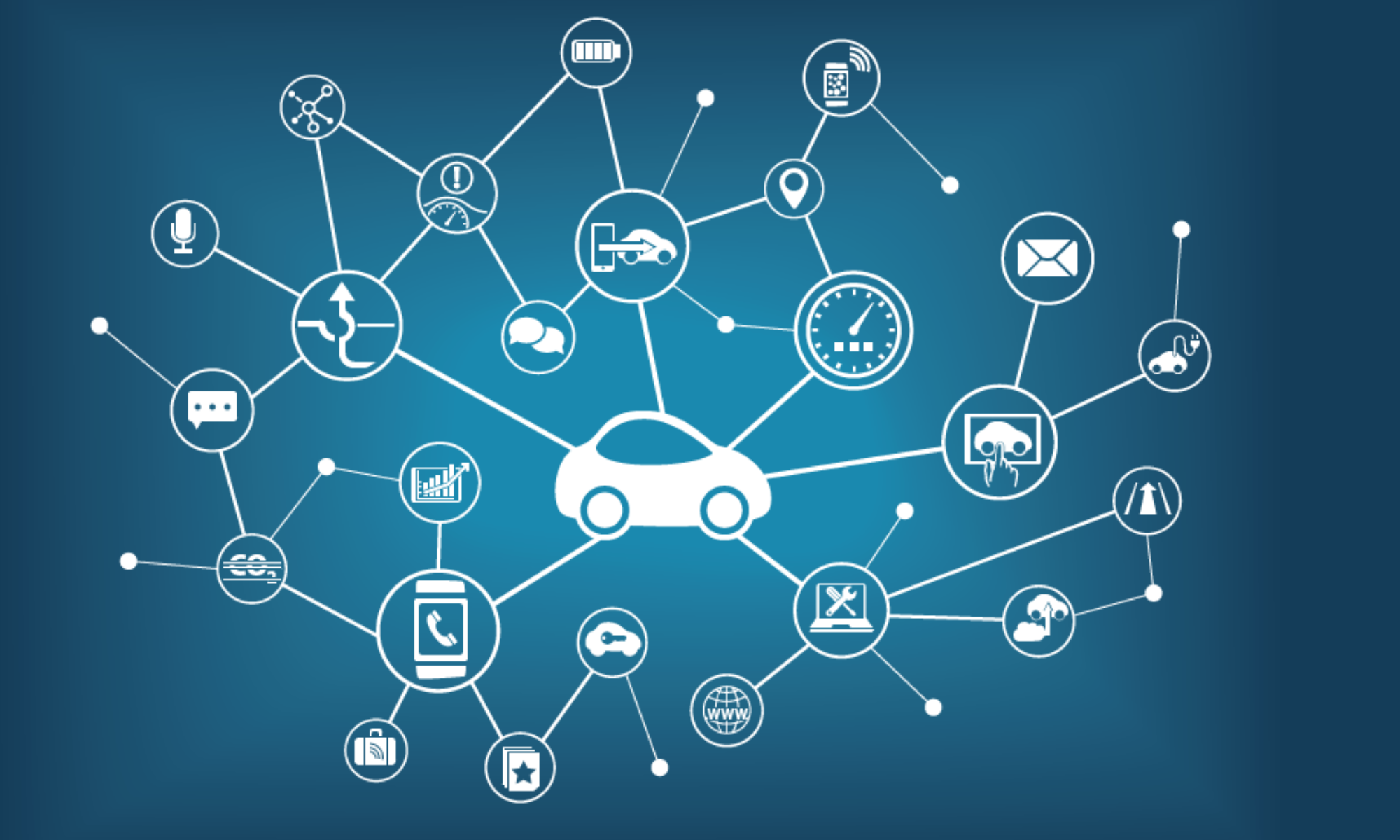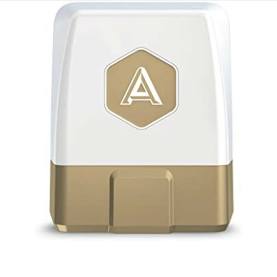Automatic, a leading aftermarket provider of Connected Car services, informed its customers on May 1 that all services would end, effective May 28, 2020. Automatic cited the COVID-19 pandemic as the immediate reason for cancellation of the service, due to reduced vehicle sales. While slow auto sales could certainly be a factor, it is more likely that Automatic’s corporate owner, SiriusXM, has concluded that Automatic is not worth further investment. This is a striking turnaround, considering that SiriusXM purchased Automatic only three years ago, in April of 2017, for over $100M. As recently as February 13 of 2020, SiriusXM issued a joint press release with AutoNation to call attention to their expanded distribution plans within the AutoNation network of dealerships. So what happened?
Automatic was an Early Star
Automatic was not the only service provider using an Onboard Diagnostic (OBD 2) “dongle” to collect and process vehicle data. But it was one of the best known and best regarded. Automatic was founded in 2011, and earned early recognition for the quality of its user interface . Automatic also received a strong distribution boost through partnerships with Best Buy, Target, and Apple. Since it was seen as a market leader, Automatic was also able to successfully develop and support a developer platform. Developers brought forth a good range of individual applications and user-created services enabled by IFTTT. Automatic’s leading position led them to be acquired by SiriusXM in April of 2017 for over $100M.
Failing to Meet Expectations
SiriusXM presumably hoped to build a large and profitable user base around Automatic’s services. In this, it would have aspired to reach volume and scale similar to SiriusXM’s other businesses. SiriusXM Satellite radio, for instance, had nearly 35M subscribers at the end of 2019. SiriusXM’s Pandora had 66M Monthly Active Users in the same period. SiriusXM also offers white-labelled Connected Car services for several leading automotive manufacturers representing several million vehicles. SiriusXM does not break out OEM Connected Car Services volumes in its public reports. SiriusXM also does not break out volumes for Automatic, but I suspect that it has never reached volumes that are comparable to SiriusXM’s other lines of business.
Difficult to Scale an Aftermarket Product
Several OBD-based players have reached reasonable volumes through targeted partnerships. Insurance companies have distributed OBD dongles as a part of Usage-Based Insurance programs, such as Progressive’s Snapshot or Allstate’s Drivewise. Fleet Telematics companies, such as Geotab, have used OBD devices to enable fleet management services for large business customers. But Automatic and SiriusXM aimed to reach retail-scale volumes to tap into the tens of millions of un-connected vehicles owned by retail consumers. Automatic found that it could not reach that scale through retail distribution at Best Buy or through on-line sales. OnStar had a similar experience with it’s “FMV” aftermarket product, distributed in a similar way. Despite having a well-known brand and several million loyal customers, OnStar was also unable to reach large-scale volume with an aftermarket product.
Dealership Distribution
SiriusXM apparently hoped to reach large scale volumes by distributing Automatic through auto dealerships. After purchasing Automatic, SiriusXM introduced a dealership program and announced a partnership with AutoNation, which is a large dealership chain. In a February 13 2020 press release, SiriusXM and AutoNation reported that the partnership was expanding. AutoNation reported that 97% of customers who took delivery of a vehicle equipped with an Automatic device remained “engaged” with the service one month after delivery. AutoNation also reported higher maintenance and service retention for Automatic-equipped customers. Despite this apparent progress, SiriusXM seems to have concluded that the effort to recruit a large number of dealerships to distribute Automatic in high volumes was going to take too long and be too great an effort. The COVID-19 auto sales slowdown must have contributed to that conclusion.
Takeaways
There was nothing wrong with Automatic’s service. Over 9 years of operation, Automatic accumulated many loyal, satisfied customers. Reading the Twitter responses to the shut-down announcement, it is clear that Automatic will be missed, and that many current customers will be seeking out alternative service providers. But if the goal is to reach installations in the millions, it is not clear that an aftermarket installation will be the way to get there. Over time, built-in OEM platforms will provide a large installed base of connected cars. Most OEM’s are installing built-in telematics hardware today, and nearly all have announced plans to do so. In the meantime, smartphones provide a partial substitute for some (though not all) of the services enabled by OBD2 devices. And, of course, smartphones provide the widest possible distribution platform. Until OEM platforms are more widely available, it seems that the best use of aftermarket devices will be for targeted applications.

